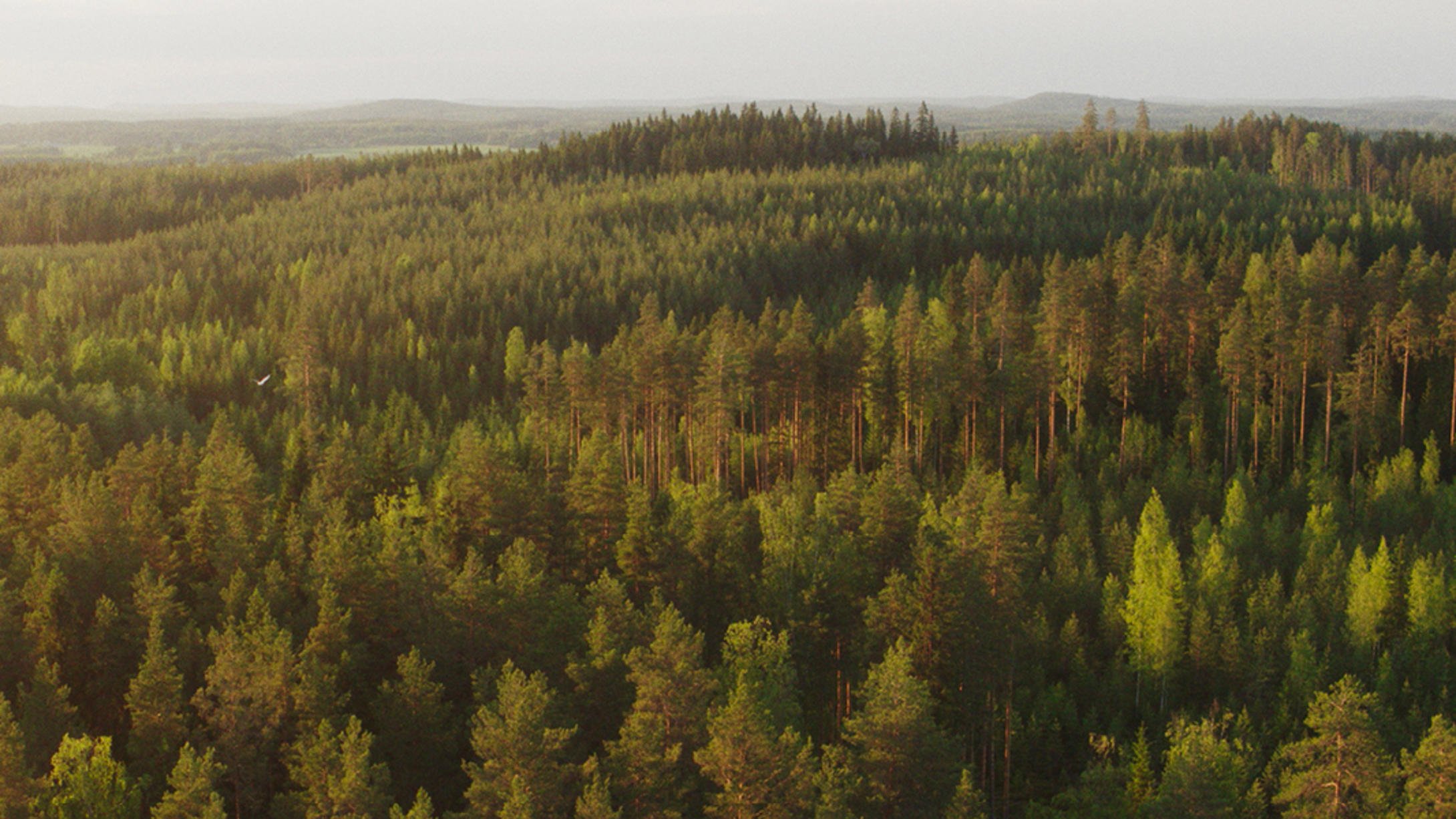Inside the nearly 200-metre long paperboard machine, pure pulp is converted into strong but lightweight folding boxboard and food service paperboard at a speed of one kilometre per minute.
The fresh fibre paperboard is wrapped into a huge jumbo reel weighing 30 tonnes. Using a winder, the paperboard is cut into reels of suitable size. Some of the paperboard is also cut in a sheet cutter into sheets for customers who produce consumer packaging for cereals, chocolates and many other products.
At the mill, there are signs everywhere that remind people about safety, because the hygiene and safety requirements are extremely strict for paperboard that comes into contact with food.











